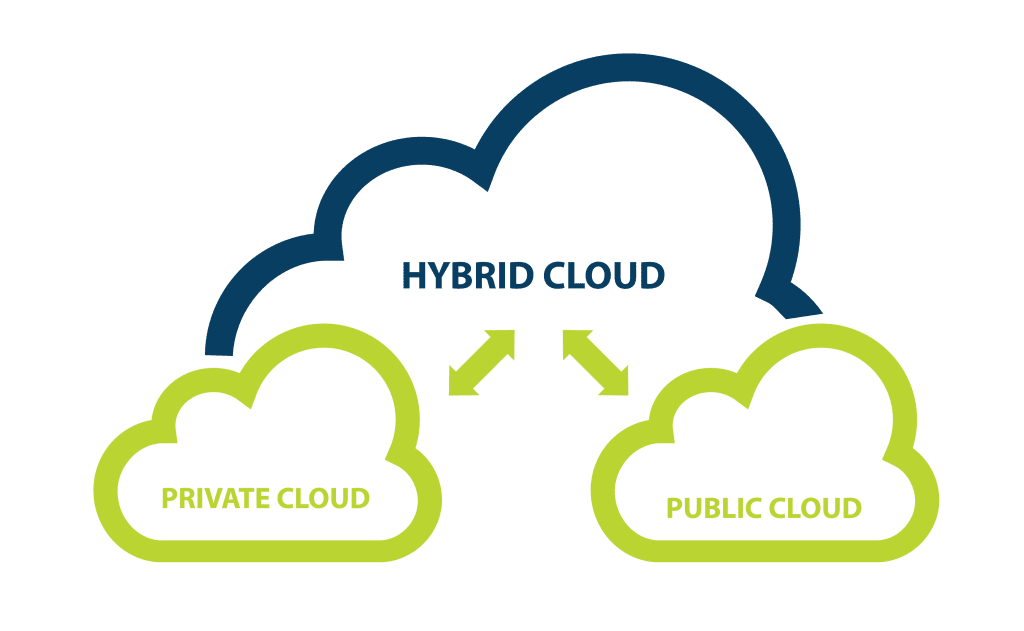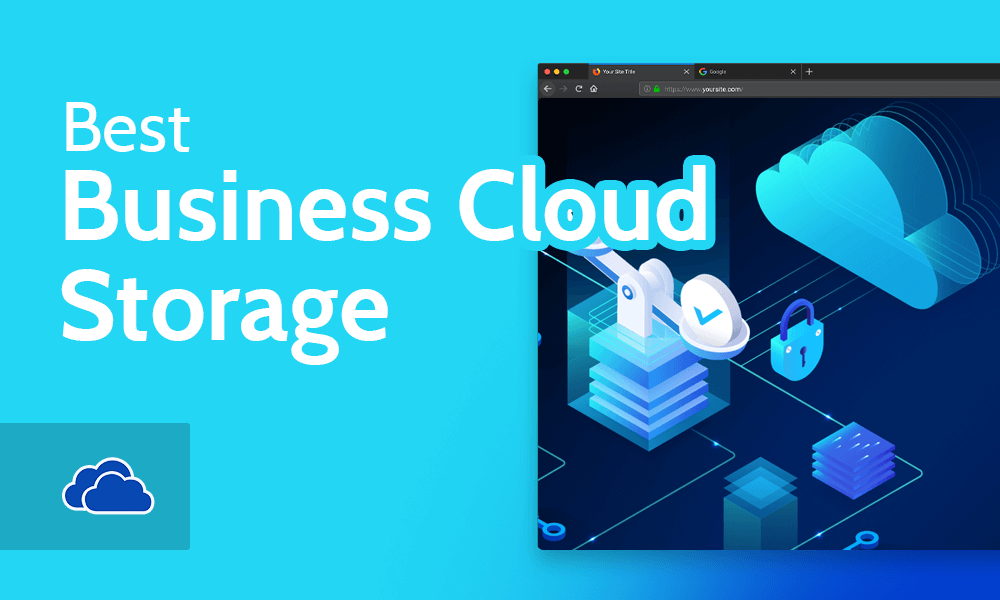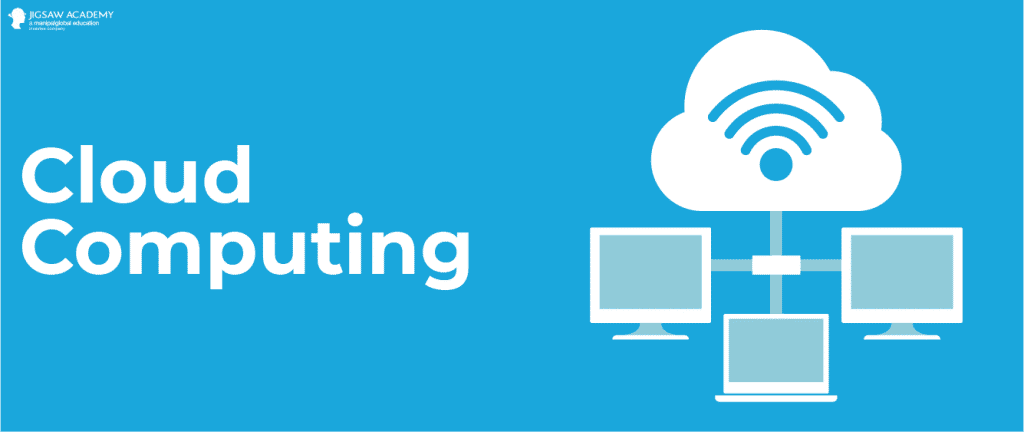Where technology is advancing at an unprecedented rate, smartphones have evolved from simple communication devices into powerful mini-computers that can handle a multitude of tasks. This transformation has been largely fueled by the integration of cloud technology into smartphones, allowing them to harness the immense power of remote servers and the internet. In this article, we will explore the profound impact of cloud technology on smartphones, examining how it has revolutionized our daily lives, from the way we communicate and work to the entertainment and productivity tools at our disposal.
The Evolution of Smartphones
The journey of smartphones began with basic voice calling and text messaging capabilities. However, it didn’t take long for manufacturers to realize the potential of these devices as multifunctional tools. The inclusion of cameras, music players, and basic internet browsing capabilities marked the early stages of smartphone evolution. But the turning point came with the integration of cloud technology.
Cloud Technology: A Game Changer
Cloud technology refers to the practice of storing data and applications on remote servers, accessible over the internet. This innovation allowed smartphones to transcend their physical limitations and become more than the sum of their parts. Here’s how cloud technology has revolutionized smartphones:
- Storage Expansion: One of the most immediate benefits of cloud technology was the expansion of storage capacity. In the early days of smartphones, internal storage limitations often led to the cumbersome task of managing data and apps. With cloud storage solutions like Google Drive, Apple iCloud, and Dropbox, users could store their photos, videos, documents, and other data in the cloud, freeing up valuable space on their devices.
- Seamless Data Synchronization: Cloud technology introduced the concept of seamless data synchronization. This means that changes made on one device (e.g., adding a contact, editing a document, or saving a photo) are instantly reflected on all linked devices. This synchronization is not limited to personal data but extends to apps and settings as well. For example, when you switch to a new smartphone, you can restore your previous device’s configuration within minutes.
- Access Anytime, Anywhere: Cloud technology allows users to access their data and applications from anywhere with an internet connection. This has transformed the way we work and collaborate. Whether you’re in a café, at the airport, or in a different country, your smartphone becomes a gateway to your digital world. You can edit a presentation on Google Slides, collaborate on a project through Microsoft Teams, or access important documents stored in the cloud without the need for physical copies or cumbersome external storage devices.
- App-Based Services: Cloud technology also paved the way for app-based services. Instead of relying solely on the processing power of the smartphone itself, many apps offload some of their functions to remote servers. For example, language translation apps like Google Translate use cloud-based neural networks to provide accurate translations in real-time. Similarly, voice assistants like Siri and Google Assistant depend on cloud servers to process natural language queries and deliver accurate responses.
- Enhanced Entertainment: The integration of cloud technology has transformed entertainment on smartphones. Streaming services like Netflix, Spotify, and Apple Music rely on cloud servers to deliver high-quality video and audio content on demand. Gamers can play graphics-intensive titles on their smartphones by streaming games from cloud-based platforms like Google Stadia and NVIDIA GeForce Now. The result is a rich and diverse entertainment experience that was previously unimaginable on mobile devices.
- Enhanced Security: Cloud technology has also improved the security of smartphones. Biometric data, such as fingerprints and facial recognition, is often stored securely in the cloud rather than on the device itself. This not only enhances security but also allows for remote device management and data wiping in case of theft or loss.
Challenges and Concerns
While the integration of cloud technology into smartphones has brought about numerous benefits, it has also raised some concerns:
- Privacy: Storing data in the cloud means entrusting it to third-party service providers. This has led to concerns about data privacy and security breaches. Users must carefully consider the terms of service and privacy policies of cloud providers.
- Connectivity Dependency: The seamless operation of cloud-dependent features on smartphones relies on a stable internet connection. In areas with poor connectivity or during network outages, some features may become inaccessible or unreliable.
- Data Usage: Cloud synchronization and streaming services can consume significant amounts of data. Users must be mindful of their data plans to avoid unexpected charges.
- Vendor Lock-In: Different smartphones use different cloud ecosystems (e.g., Apple’s iCloud, Google’s Drive, or Microsoft’s OneDrive). Users who heavily invest in one ecosystem may find it challenging to switch to a different platform in the future.
Conclusion
Smartphones have come a long way from their early days as basic communication devices. The integration of cloud technology has been a game changer, transforming smartphones into powerful, versatile tools that enhance our personal and professional lives. From expanding storage capacity to enabling seamless data synchronization and providing access to a wide range of services, cloud technology has redefined what smartphones are capable of.
However, as with any technological advancement, there are challenges and concerns to consider, such as data privacy, connectivity dependency, and vendor lock-in. It is essential for users to strike a balance between harnessing the benefits of cloud technology and being mindful of the potential risks.
As smartphones continue to evolve and cloud technology becomes even more integrated into our daily lives, it’s exciting to imagine what the future holds. With ongoing innovations in artificial intelligence, augmented reality, and 5G connectivity, the synergy between smartphones and the cloud is poised to drive further revolutions in how we work, communicate, and entertain ourselves.






